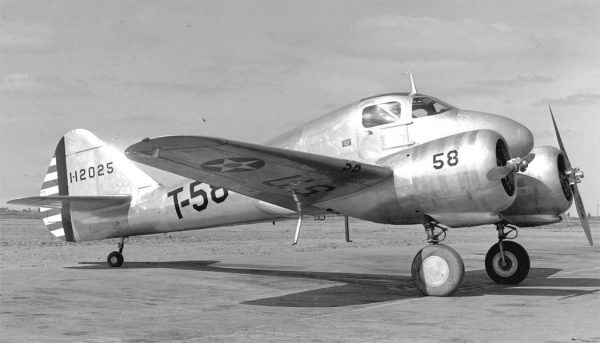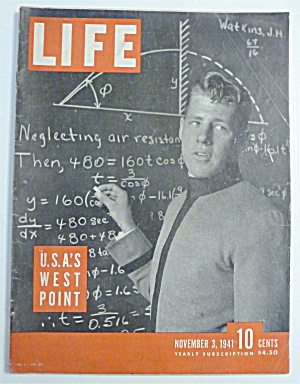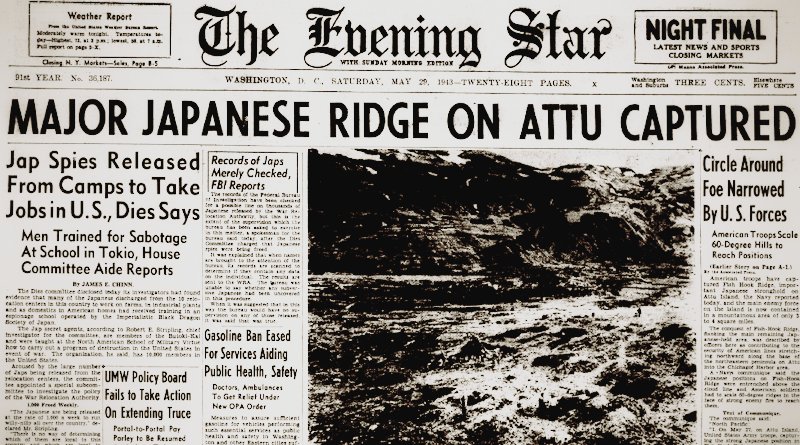World War II Chronicle: May 29, 1943
Click here for TODAY’S NEWSPAPER
It seems like just recently we noted the first Liberty ship had been completed. Page three mentions that the 1,000th Liberty ship has hit the water… Also on three, a man that had been reported killed in action two months ago is home on leave and meeting his six-month-old daughter for the first time. Capt. Thomas P. Mayo’s bomber was not shot down — it landed in a neutral country…
American fighter escorts do not have the range to accompany B-17s deep into Europe and, despite being armed to the teeth, plenty of Flying Fortresses are being shot down by Luftwaffe pilots. So what about a B-17 escort that trades its bombs out for even more 50-cal. machine guns? That concept is tested today as the YB-40 makes its combat debut. Seven prototypes accompany the Forts a raid on the sub pens at Saint-Nazaire, but struggle keeping up with the bombers once they dropped their load. The Eighth Air Force tries out multiple weapons configurations on the bomber escort, which can hold up to 30 machine guns. As awesome as the concept sounds, the YB-40s and their trainers are eventually converted back to B-17Fs…
Page six lists local boys who are graduating the U.S. Military Academy as members of the Class of June 1943. This is the first class to graduate in the shortened wartime curriculum. Among them are two All-American football players: Robin Olds is headed for Williams Field (Ariz.) where he will learn to fly twin engines on the Curtiss-Wright AT-9 Jeep. Henry Mazur will fly P-47 Thunderbolts for the 368th “Panzer Duster” Fighter Squadron, which was formed last week.

Jammie M. Philpott, captain of the basketball team and men’s tennis champion, will travel to Hendricks Field in Florida to learn how to fly B-17s. James. H. “Tid” Watkins will also fly B-17s. After 50 combat missions he is part of the first mission to fly bombers to Russia. He flies over 200 missions in 12 different aircraft during the Vietnam War as chief of the Air Force Advisory Group, U.S. Military Assistance Command, Vietnam. Bernard W. Rogers won’t get to fight, not yet at least. He finishes 13th in his class and is picked to return as an instructor. He commands an infantry battalion during the Korean War, earning a Bronze Star with Combat “V.” By the time he makes it to Vietnam he is a brigadier general and assistant commander of 1st Infantry Division. That doesn’t stop him from seeing action: he earns the Silver Star and Distinguished Service Cross. He will become the Chief of Staff of the U.S. Army and NATO’s Supreme Allied Commander, Europe. Many of these graduates will perish during World War II and some survive this war but are killed in Korea…

George Fielding Eliot column on page 10… The sports section begins on page 21.
Evening star. (Washington, D.C.), 29 May 1943. Chronicling America: Historic American Newspapers. Lib. of Congress.
https://chroniclingamerica.loc.gov/lccn/sn83045462/1943-05-29/ed-1/
